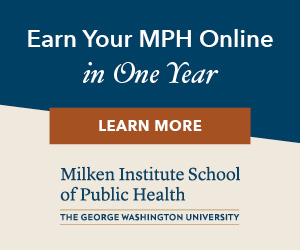Among the many challenges that Alaska’s public health officials face, making high quality care accessible to its Native American population is among the most important.
The Alaska Division of Public Health has partnered with the Alaska Native Tribal Health Consortium to implement the Healthy Alaskans 2020 program, which focuses on addressing the 25 highest priority public health issues in Alaska.
As of 2015, public health officials have made significant progress in reducing a number of significant health and social problems in Alaska:
- The percentage of adolescents who have used tobacco
- The suicide rate of Alaskans between 15 and 24 years old
- The rate of child maltreatment
- The number of people that engage in binge drinking
- The rate of unintentional injury leading to mortality
The Alaska Department of Health and Social Services is at the forefront of efforts to improve public health in the state using epidemiological approaches through the Alaska State Public Health Laboratories:
- Alaskan residents frequently rely on wild game to supplement their diets and run the risk of ingesting Trichinella larvae and coming down with trichinellosis. Six of the outbreaks between 2005 and 2014 involved eating game meat such as wild boar, bear, and moose that had not been adequately cooked. Public health officials are working to publicize this health threat and testing people to see if they have been infected and can be treated.
- The IDeA Network of Biomedical Research Excellence program focuses on basic research that leads to practical ways to improve public health in Alaska. Environmental contamination is a widespread problem in Alaska, and one of the projects funded in 2015 investigated the efficacy of using plants to clean up soils contaminated with diesel in rural parts of the state.
From policy makers and public-facing medical professionals, to research scientists and environmental health professionals, public health officials in Alaska are making significant inroads when it comes to improving the health of the state’s residents.
Salaries for Public Health Professionals in Anchorage
The Alaska Policy Forum provides the salaries of state employees, including the epidemiologists who worked for the Department of Health and Social Services (2010):
- Chief Epidemiologist: $170,154
- Epidemiologist: $167,084
The Alaska Department of Labor provides the salary ranges for public health professionals in Anchorage for 2013. Public health officials with an MPH are likely to have salaries on the high end of the spectrum:
An Analysis of Salaries for Public Health Professionals in Alaska
The US Bureau of Labor Statistics provides an analysis of the hourly and annual salaries of Alaska’s public health officials for 2014. Salaries for the following professions were higher in Alaska than the national average:
- Community Health Workers
- Environmental Scientists & Specialists
- Health Educators
- Mining & Geological Engineers
- Occupational Health & Safety Specialists
- Social & Community Service Managers
- Substance Abuse & Behavioral Disorder Counselors
*The hourly wage for this position is greater than $90, and the annual salary is more than $187,199. The US Bureau of Labor Statistics does not publish slary data beyond these thresholds.


